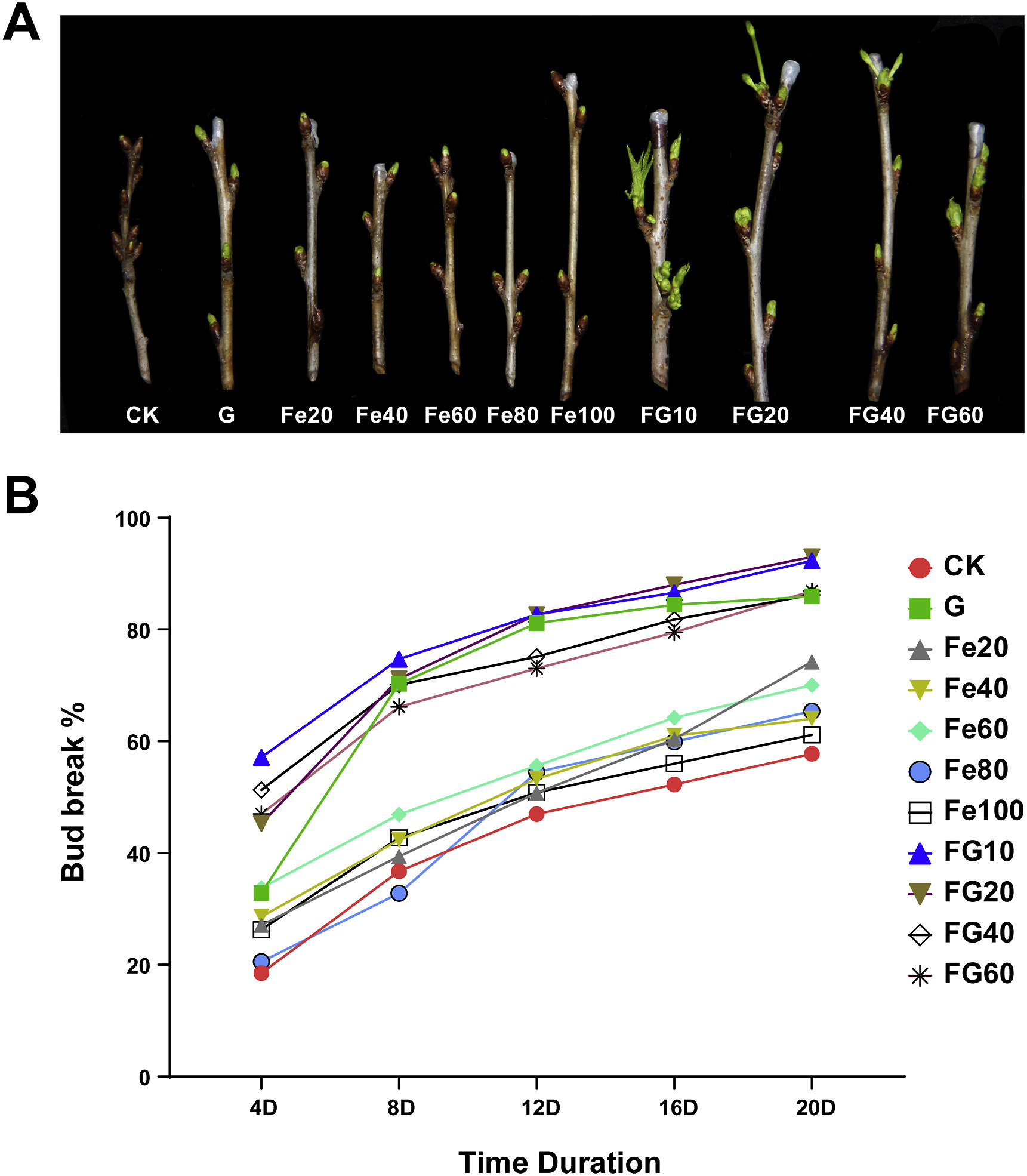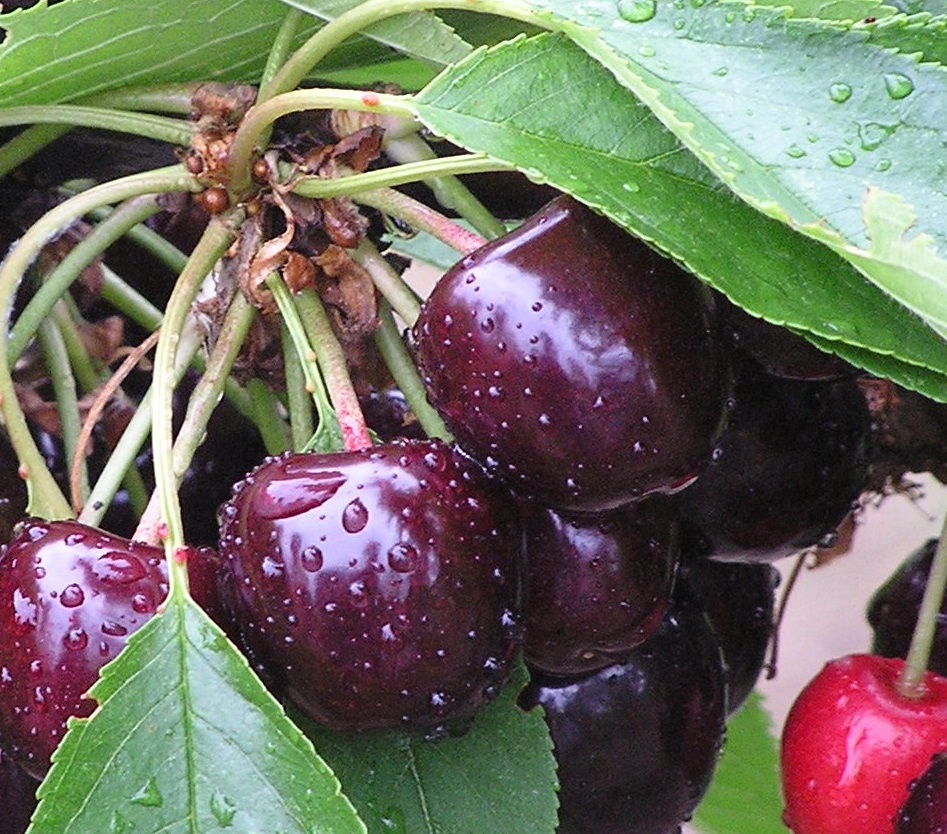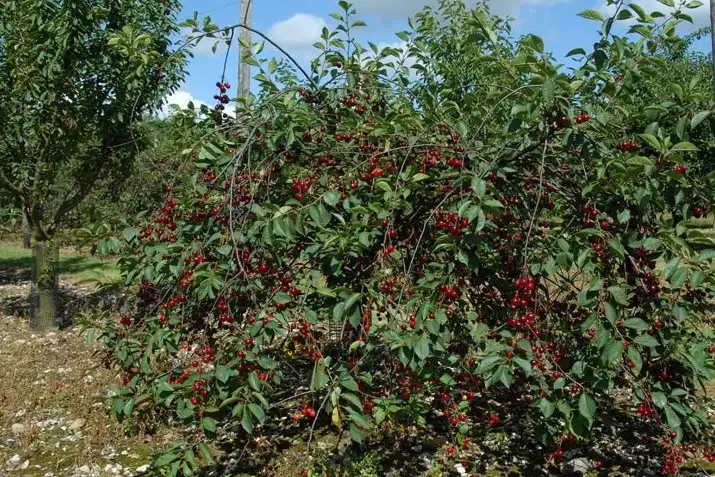Bud dormancy and the phenology cycle are intricately intertwined in plants. Dormancy is a heritable trait that enables fruit trees to endure challenging environmental conditions in temperate zones, particularly those encountered during the winter
However, nowadays there are several challenges to consider. First, the increasing market demand for early maturing fruit push growers to set the orchard with more precocious varieties. Global warming, on the other hand, is threatening the consistent production of fruit
Moreover, due to the insufficient low chilling requirement, the ensuing expansion of fruit trees into warmer regions causes uneven and delayed bud break, poor flower development, and low fruit set. As a result, the fruit industry is in dire need of innovative, safe, and efficient technologies to break dormancy in forwarding cultures and increase fruit production in the face of unsatisfactory chilling hours accumulation.
In recent decades, considerable research has been devoted to elucidating the mechanisms underlying dormancy. One potential approach to mitigate the impact of endogenous hormones and improve plant growth in unfavourable environmental conditions is through the implementation of nanotechnology.
The stable and rapid enzyme-like activities exhibited by these nanoparticles have surpassed those of natural biocatalysts, thereby expanding their potential application in modulating the intrinsic biochemical responses of plant species
The application of hydrogen cyanide to induce bud dormancy in fruit trees has been widely implemented across the globe, resulting in increased fruit production through accelerated cultivation, particularly in regions characterised by controlled environments or higher temperatures.
However, it should be remembered the hazardous nature of hydrogen cyanide for both operators and environment, that leads to an immediate need to develop innovative and secure nanotechnology methods to replace it in fruit tree bud dormancy induction.
The principal aim of the research conducted in collaboration between Chinese and Saudi Arabian universities is to test the effect of different iron oxide nanoparticles (α-Fe2O3) and gibberellic acid to find a sustainable methodology that can efficiently enhance the hormonal activity of plants.

Drawing from the comprehensive analysis and results presented in their research article, it can be deduced that the combination of α-Fe2O3 nanoparticles and gibberellic acid efficiently break bud dormancy in sweet cherry trees in a short period of time. The extraordinary ability of these stable agents to increase the concentrations of growth regulators such as gibberellic acid and auxins ultimately results in the reduction of abscisic acid levels and bud break.
In addition, transcriptome analysis has demonstrated that the concurrent application of α-Fe2O3 nanoparticles and gibberellic acid may induce the upregulation of critical genes implicated in the process of bud break in sweet cherry trees. This study marks the initial occurrence in which α-Fe2O3 nanoparticles have been shown to provide advantageous properties by facilitating swift bud breaking.
As a result, cherry production can be enhanced in a cost-effective, environmentally friendly, and non-hazardous manner
To ensure the continued safe and sustainable application of green nanotechnology in agriculture and environmental contexts, future research should concentrate on the long-term environmental impact and potential health risks associated with the release of α-Fe2O3 nanoparticles into the ecosystem, optimising the synthesis process, investigating molecular mechanisms, scaling up production for commercial use, and expanding the applications to other crop species
Fonte: Irfan Ali Sabir, Muhammad Aamir Manzoor, Iftikhar Hussain Shah, Zishan Ahmad, Xunju Liu, Pravej Alam, Yuxuan Wang, Wanxia Sun, Jiyuan Wang, Ruie Liu, Songtao jiu, Caixi Zhang, "Unveiling the effect of gibberellin-induced iron oxide nanoparticles on bud dormancy release in sweet cherry (Prunus avium L.)", Plant Physiology and Biochemistry, Volume 206, 2024, 108222, ISSN 0981-9428, https://doi.org/10.1016/j.plaphy.2023.108222.
Melissa Venturi
University of Bologna (IT)
Cherry Times - All rights reserved













